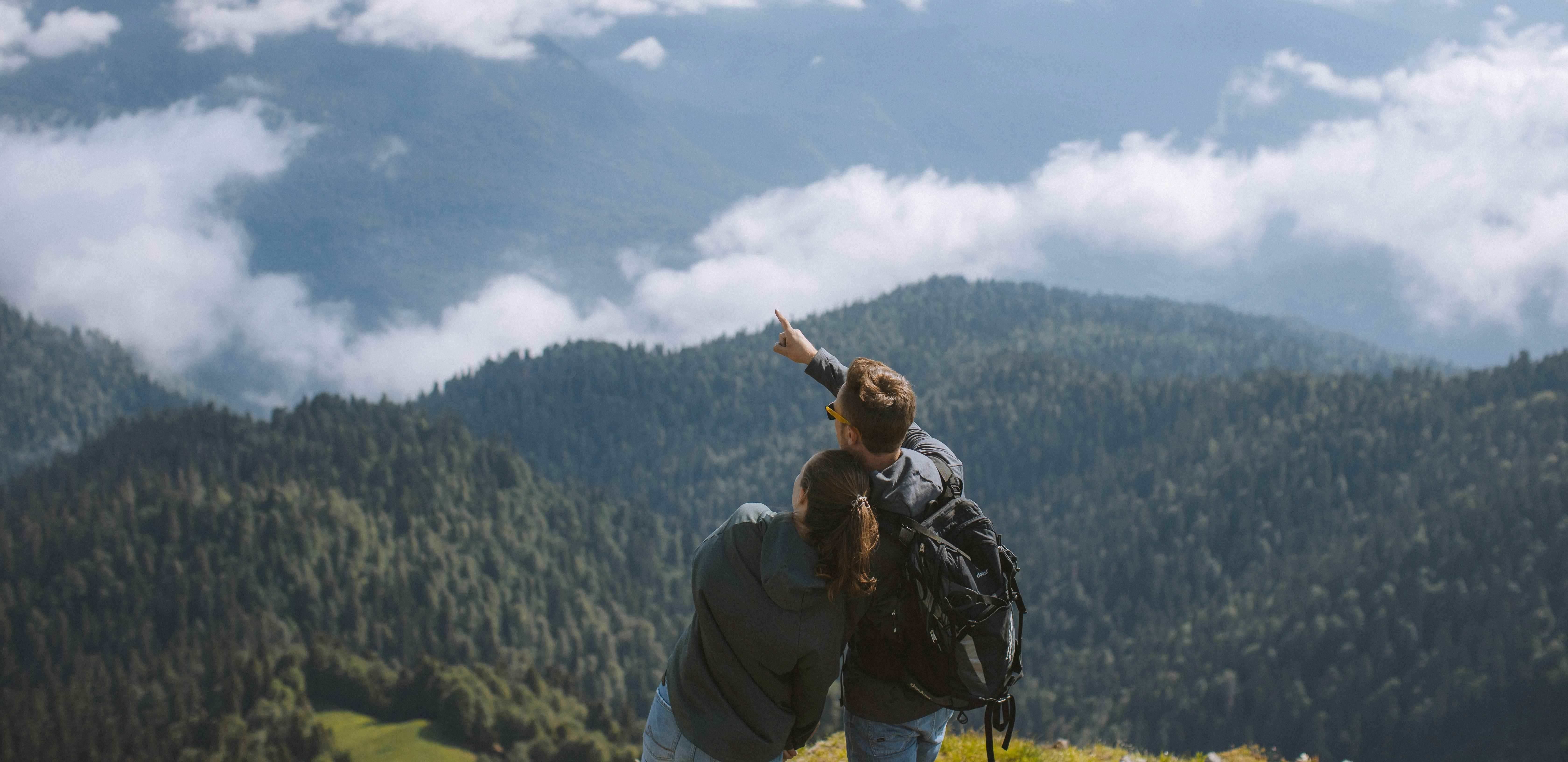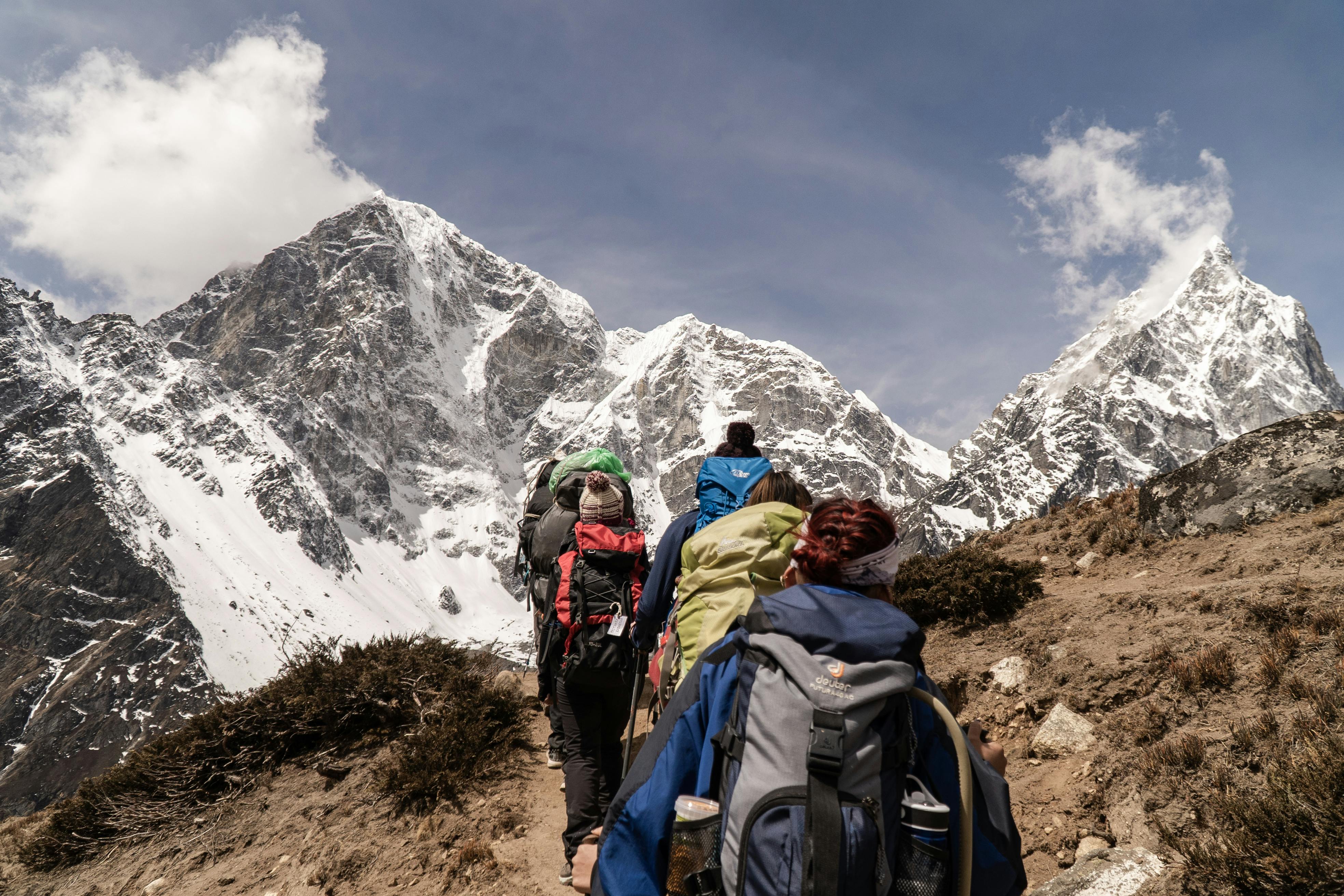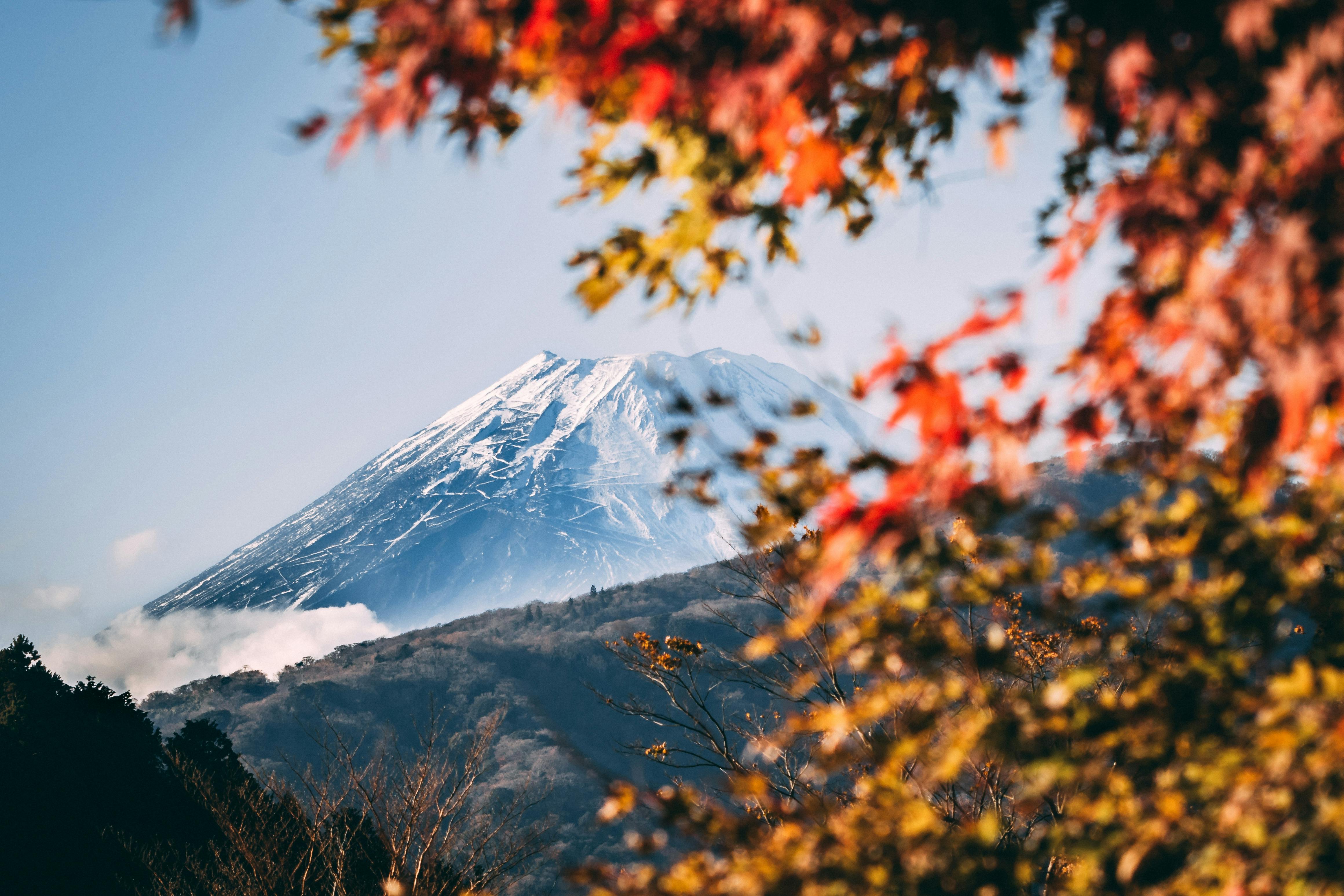Mountains Heal: Incredible Stories of Recovery and Transformation Through Climbing

Climbing a mountain is an act of perseverance that tests not just muscles, but the soul. For many, the climb is not just up a ridge—it’s out of the depths of addiction, illness, or trauma. Personal transformation through mountaineering isn’t about physical prowess, but about reclaiming identity, hope, and community.
Many climbers find healing after addiction by trading dangerous habits for the rigors and rewards of the vertical world. Groups like Phoenix Multisport and One Step at a Time (OSAT) intertwine peer support and outdoor therapy, helping individuals rebuild self-esteem and purpose. For some, every knot tied and every summit reached become metaphors for a new life—each movement and step echoing the struggle and victory over addiction. Scott Strode’s story is emblematic: after years battling substance abuse, climbing the Himalayas became central to his sobriety, connecting the climb’s discipline to recovery’s daily challenges.

Mental and physical illness—from depression and anxiety to recovery from injuries—can be isolating and exhausting. Mountaineering offers a unique space for healing: the challenge of a climb inspires hope, while the process cultivates mental resilience. Participating in outdoor groups or climbing courses provides community and purpose, turning rehabilitation into an adventure and giving climbers a reason to nurture both body and mind.
Mountaineering is more than reaching summits; it’s a path that leads many out of despair, illness, or addiction and toward a life of purpose and connection. For each climber who walks this road, the journey is as profound as any peak—the ultimate measure of strength isn’t the mountain conquered, but the life reclaimed.


